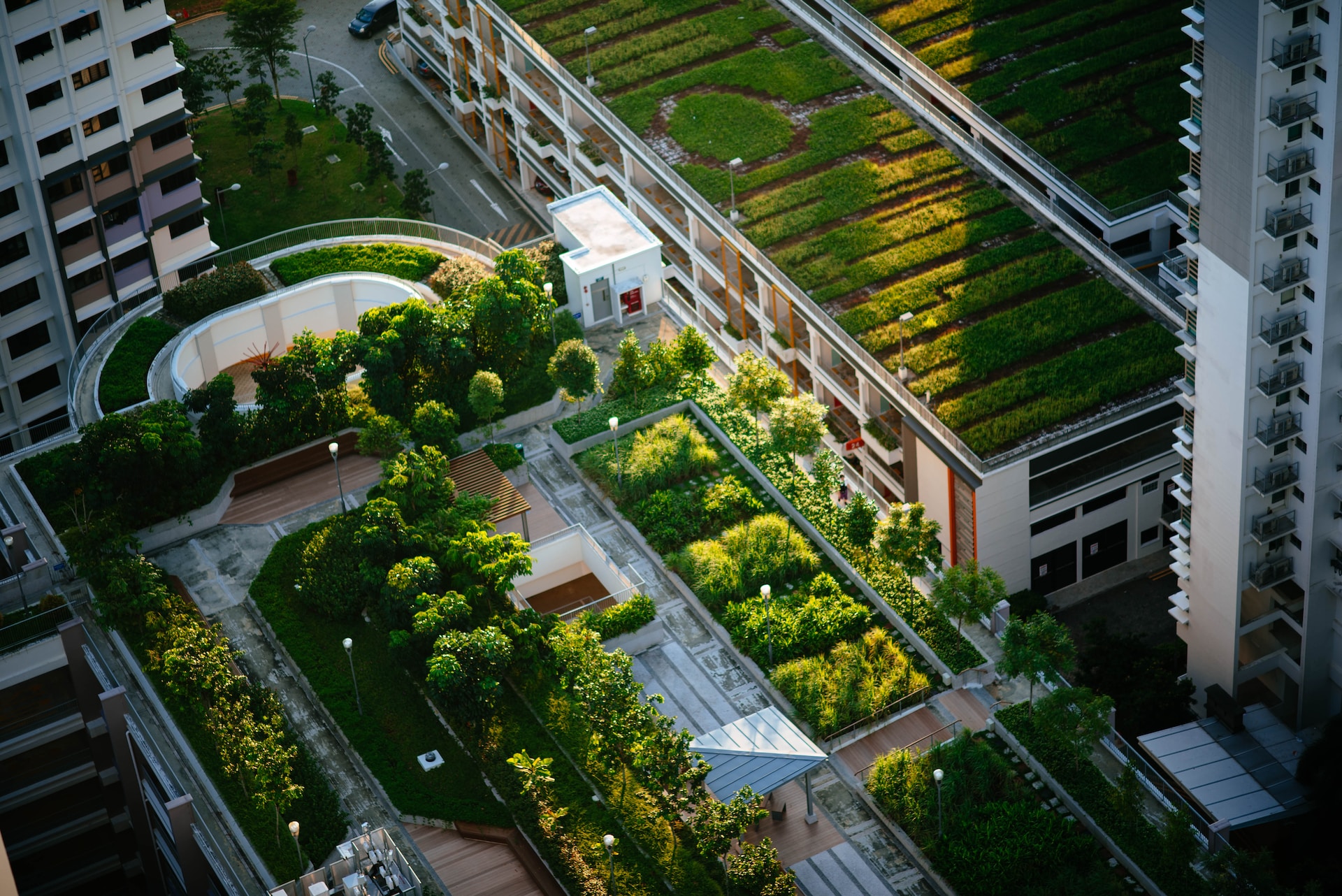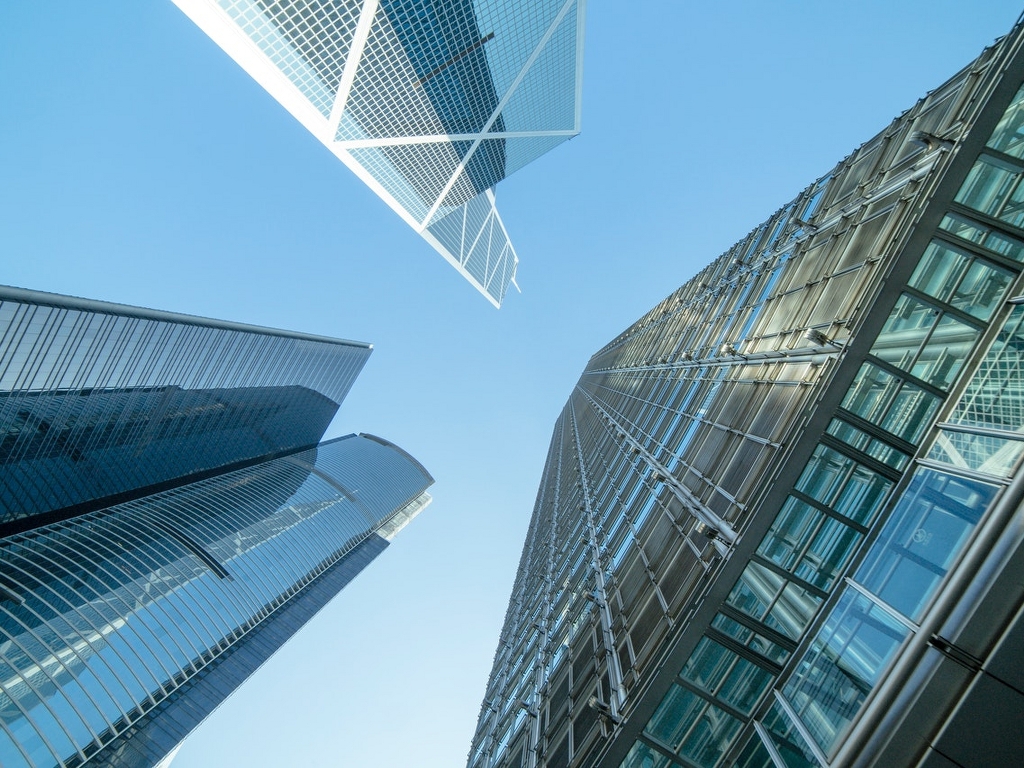
Exploring Sustainable Practices in Commercial Real Estate
If you want to ensure your investments or projects are sustainable, keep abreast of the latest trends! So, let’s go exploring sustainable practices in commercial real estate.
Energy efficiency in building design and operations
One of the best sustainable practices in commercial real estate is energy efficiency in building design and operations. Businesses significantly reduce their energy consumption and carbon footprint by incorporating green building principles and utilizing energy-efficient technologies and materials. Not only do these sustainable practices help protect the environment, but they also lead to cost savings for property owners. After all, investing in energy-efficient renovations can result in lower utility bills and maintenance expenses over time. Moreover, these renovations are also very cost-effective and boost property value. So, buildings with energy efficiency are increasingly attractive to tenants and investors, enhancing their marketability and desirability.
Renewable energy integration
Renewable energy integration is a game-changer in the commercial real estate landscape. So, incorporating renewable energy sources, such as solar panels or wind turbines, into rental properties can bring substantial benefits. Firstly, it allows property owners to generate electricity, reducing dependence on traditional energy providers and lowering utility costs. Additionally, generating clean energy contributes to a greener environment, enhancing the property’s eco-friendly image and attracting environmentally conscious tenants. These energy-efficient features can also be marketed as a unique selling point, setting the property apart from competitors. Moreover, many governments offer incentives and tax credits for adopting renewable energy, providing further financial advantages. As a result, property owners can see a remarkable increase in their property’s return on investment (ROI), making renewable energy integration a wise and sustainable long-term investment.
Sustainable water management
Sustainable water management is critical to sustainable practices in commercial real estate. Businesses can significantly reduce water consumption by implementing water-efficient landscaping, utilizing rainwater harvesting, and adopting innovative water-saving technologies. These practices preserve this precious resource and lead to cost savings on water bills and maintenance expenses.
Green roofing and urban agriculture
Green roofing and urban agriculture are innovative practices reshaping the landscape of commercial real estate. After all, installing green roofs with vegetation enhances the aesthetic appeal of buildings and provides numerous benefits. Green roofs improve insulation, reducing energy consumption and lowering heating and cooling costs. Additionally, they mitigate the urban heat island effect, contributing to a more sustainable urban environment. Moreover, green roofs create opportunities for urban agriculture, transforming rooftops into productive spaces for growing food and plants. And urban agriculture promotes food security and fosters a sense of community engagement and connection to nature in an urban setting.
Sustainable materials and construction practices
Sustainable materials and construction practices are key to making sustainable commercial real estate practices viable. Opting for eco-friendly building materials and emphasizing sustainable construction techniques doesn’t only reduce the environmental impact. It also ensures long-term durability and energy efficiency! These practices promote using renewable resources, recycled materials, and low-carbon alternatives, contributing to a greener and more sustainable future. So, incorporating circular economy principles in real estate development further enhances resource efficiency and minimizes waste.
Indoor air quality and health
Indoor air quality (IAQ) is a critical factor in commercial real estate that directly impacts occupant health and well-being. Poor IAQ can lead to various health issues, such as allergies, respiratory problems, and fatigue, affecting productivity and customer satisfaction. So, implementing strategies to improve IAQ, like proper ventilation, air purification systems, and using low-emission building materials, is crucial for maintaining a healthy and comfortable indoor environment. Additionally, with the growing emphasis on wellness in the workplace, a focus on IAQ can be a powerful selling point. So, investing in indoor air quality doesn’t only benefit the health and happiness of building occupants. It also contributes to a more sustainable and successful commercial real estate venture!
Green certifications and standards
Green certifications and standards are crucial in the commercial real estate industry’s sustainability efforts. These certifications, such as LEED (Leadership in Energy and Environmental Design) and BREEAM (Building Research Establishment Environmental Assessment Method), assess a property’s environmental performance and adherence to sustainable practices. Green certifications provide numerous benefits, including enhanced marketability, increased property value, and access to financial incentives and grants. Additionally, these certifications often lead to lower operating costs through reduced energy and water consumption. So, with the rising demand for environmentally friendly spaces, having a green certification sets a property apart from competitors in the market.
Smart building technology and energy management
Smart building technology and energy management have become crucial in commercial real estate. Nowadays, businesses and tenants alike are seeking sustainable and efficient spaces. Smart building technology, such as IoT (Internet of Things) and AI (Artificial Intelligence), optimizes energy consumption, reduces waste, and enhances overall building performance. Property owners can make informed decisions through data-driven insights, leading to cost savings and improved operational efficiency. Moreover, smart buildings offer occupants a more comfortable and productive environment, promoting employee satisfaction and well-being. So, whether you’re a property developer or investor, smart building technology is particularly important nowadays to acquire a profitable commercial property.
Transportation and connectivity
Transportation and connectivity are essential considerations in commercial real estate, influencing property accessibility and desirability. After all, proximity to public transportation hubs and major roadways can attract a diverse pool of tenants and customers. So, as sustainability gains importance, providing electric vehicle (EV) charging stations is becoming an excellent choice. By incorporating EV charging infrastructure, commercial properties become more attractive to EV owners, potentially increasing foot traffic and patronage. Additionally, offering these amenities can generate an additional revenue stream! As the experts from Bravo Moving California point out, you can always make electric vehicle charging stations available to businesses in your area for a fee.
Making use of sustainable practices in commercial real estate yourself
Now that we’re done exploring sustainable practices in commercial real estate, you should have a solid grasp of them! So, if you are smart with implementing them, you can significantly improve your investments. Even if you can’t use them all, a couple of key practices will still boost the desirability of your properties immensely.






Recent Comments